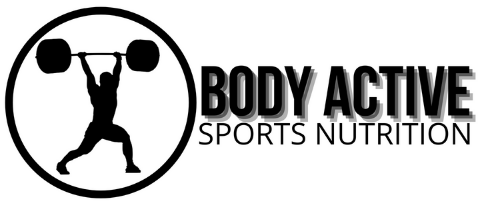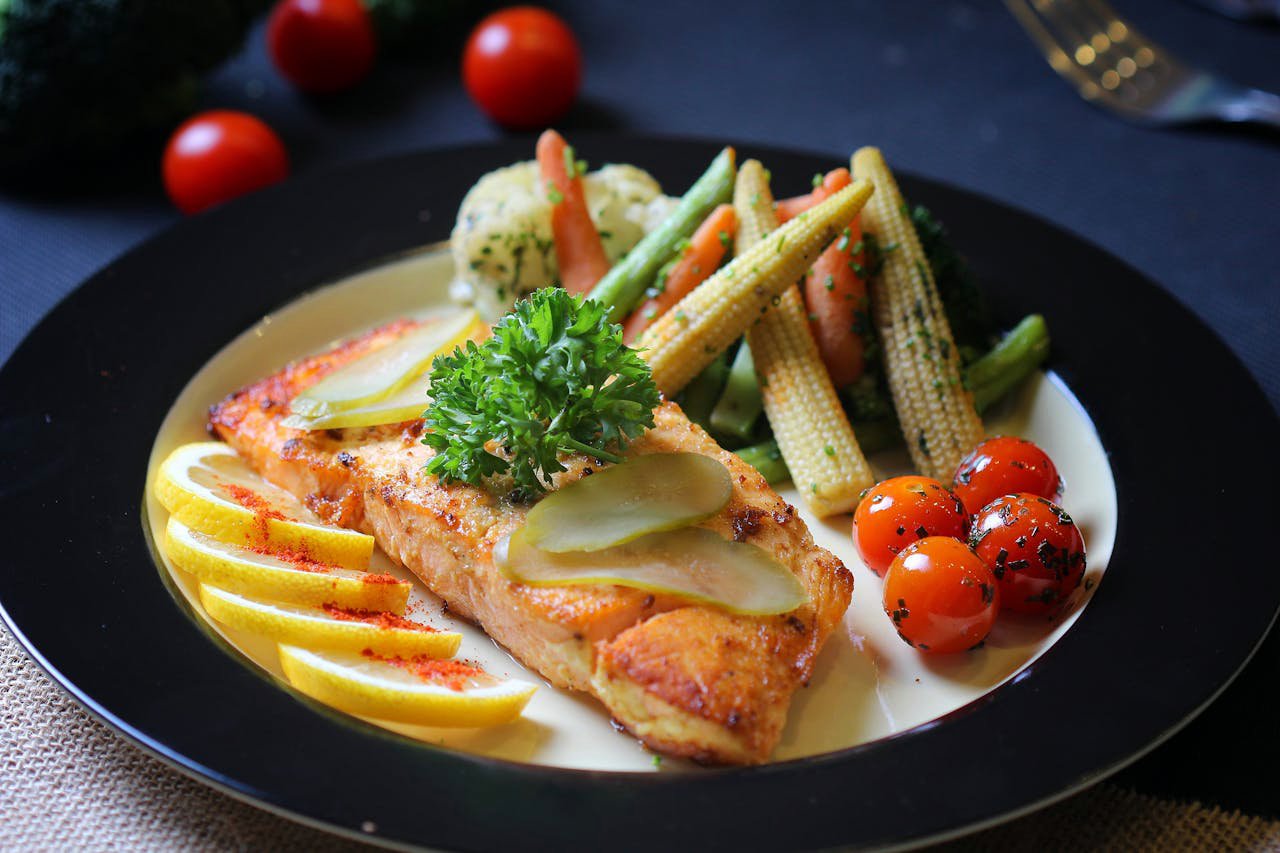Whey protein is well-known for its high nutritional value, especially in its isolated form commonly found in protein powders. However, many natural and wholesome foods contain whey protein in varying amounts. These foods offer a nutritious alternative to powdered supplements. Whether you’re looking to boost your protein intake or prefer whole food sources over supplements, incorporating these natural foods into your diet can provide a wide range of health benefits beyond protein alone. Below, we highlight some of the best natural and wholesome foods high in whey protein.
Wholesome Foods High in Whey Protein
Dairy-Based
- Greek Yogurt
Greek yogurt is a versatile dairy product that is not only rich in probiotics but also packed with protein. It provides approximately 15-20 grams of protein per 6-ounce serving. This makes it an excellent choice for a protein-rich snack or an ingredient in smoothies and dips. - Cottage Cheese
Cottage cheese is another dairy-based food high in whey protein. A half-cup serving offers about 14 grams of protein, along with calcium and other essential nutrients. You can enjoy it plain or mix it with fruits, vegetables, or nuts for added flavor and texture. - Ricotta Cheese
Ricotta cheese is a soft, creamy cheese commonly used in Italian dishes. It contains whey protein and provides around 14 grams of protein per half-cup serving. You can use ricotta in savory dishes like lasagna or stuffed pasta shells, or in sweet desserts such as cheesecake or pancakes. - Milk
Cow’s milk contains both casein and whey protein. Whey protein is the liquid part that remains after the milk curdles and is strained during cheese production. A single cup of milk offers about 8 grams of protein, along with essential vitamins and minerals like calcium and vitamin D.
Fermented and Animal-Based
- Kefir
Kefir is a fermented dairy beverage similar to yogurt but with a thinner consistency. It’s rich in probiotics and contains about 10 grams of protein per cup. You can enjoy kefir on its own, blend it into smoothies, or use it as a base for salad dressings. - Eggs
Eggs are a complete protein source that contains whey protein, along with other essential amino acids. One large egg provides about 6 grams of protein, along with vitamins, minerals, and healthy fats. You can prepare eggs in many ways, such as scrambled, boiled, or incorporated into baked goods. - Lean Meats
Lean meats like chicken, turkey, and pork are excellent sources of high-quality protein, including whey protein. They provide approximately 25-30 grams of protein per 3-ounce serving, depending on the type of meat and preparation method. You can grill, bake, or sauté lean meats with vegetables for a nutritious meal. - Fish and Seafood
Fish and seafood are rich in protein and essential omega-3 fatty acids. Varieties like salmon, tuna, and shrimp offer about 20-25 grams of protein per 3-ounce serving. You can grill, bake, or pan-sear them and serve with whole grains and vegetables for a balanced meal.
Plant-Based
- Quinoa
Quinoa is a gluten-free grain that contains all nine essential amino acids, making it a complete protein source. One cooked cup of quinoa provides around 8 grams of protein, along with fiber and essential minerals like iron and magnesium. You can use quinoa as a base for salads, soups, or as a side dish. - Nuts and Seeds
Nuts and seeds, such as almonds, peanuts, and chia seeds, are nutrient-dense foods that contain whey protein. They provide approximately 6-8 grams of protein per ounce, along with healthy fats, fiber, and antioxidants. You can enjoy them as a snack, add them to yogurt or oatmeal, or incorporate them into baking and cooking.
Adding Whey Protein-Rich Foods to Your Diet
These natural and wholesome foods high in whey protein not only provide a significant protein boost but also offer a wide range of additional health benefits. Whether you prefer dairy options like Greek yogurt and cottage cheese, lean meats and seafood, or plant-based sources like quinoa and nuts, adding these foods to your diet can support muscle growth, recovery, and overall health. Experiment with different recipes and meal combinations to enjoy the delicious flavors and nutritional benefits of whey protein-rich foods while maintaining a balanced and nutritious diet.
Frequently Asked Questions (FAQ)
The best natural foods high in whey protein include Greek yogurt, cottage cheese, ricotta cheese, milk, kefir, eggs, lean meats, fish, quinoa, and nuts and seeds. These foods are packed with whey protein and offer additional health benefits such as probiotics, essential vitamins, and healthy fats.
While whey protein powder provides a concentrated source of protein, whole foods high in whey protein offer additional nutrients like vitamins, minerals, and healthy fats. Incorporating natural sources like Greek yogurt and lean meats can be a healthier option compared to relying solely on supplements.
Yes, you can get enough protein from foods high in whey protein. Incorporating a variety of these foods, such as Greek yogurt, eggs, and lean meats, into your diet will help you meet your daily protein needs for muscle growth, recovery, and overall health.
While whey protein is primarily found in animal-based products, plant-based sources like quinoa, nuts, and seeds contain significant amounts of protein, including some whey protein. These options are a great addition to a balanced diet, especially for those who prefer plant-based foods.
You can easily incorporate more whey protein-rich foods by adding Greek yogurt to smoothies, using cottage cheese in salads, or including lean meats like chicken or fish in your meals. Quinoa, nuts, and seeds can be added to salads, soups, or eaten as snacks for an extra protein boost.

